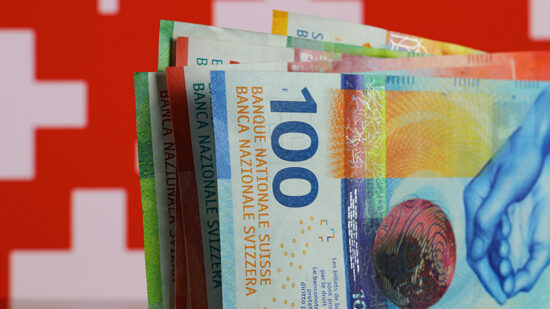So why have the fortunes of SRI-screened trackers have been so divergent?
We start our search in emerging market equities, the asset class with arguably the most ESG controversies to tackle. It should therefore hardly surprise that the MSCI Emerging Markets SRI Index differs more from its plain vanilla cousin (the MSCI Emerging Markets Index) in terms of country, sector and single stock selection than any other SRI index.
In fact, the largest stock in this index, Taiwan Semiconductors, even has a weighting of 16.12% in the SRI index, compared to just 3.55% in its plain vanilla equivalent.
The index is so concentrated that its top-10 stocks account for more than a third of the total exposure, compared to only 7.8% for the MSCI EM index.
The top-10 constituents of the MSCI EMU SRI index even account for more than half of the total market cap. A SRI-screened index therefore looks more like a high-conviction stock- picker’s portfolio than like an index tracker.
But MSCI has addressed this issue, by introducing ‘5%-capped’ versions of its SRI indices, which limit the maximum exposure of a single stock.
The SRI-screened ETFs of iShares and UBS, the market leader when it comes to these products, all track these 5%-capped indices.
But even products tracking these constrained indices can differ significantly from their plain vanilla peers.

The UBS ETF MSCI Emerging Markets SRI, for example, has an exposure of only 3.4% to China, compared to 26.5% its plain vanilla peer. South Africa, on the other hand, has a strong overweight (12% vs 6.4%).
The country allocation of the SRI index has an annualised negative effect of 1.17% on performance over the previous three-year period, Monika Dutt, ETF research analyst at Morningstar, has calculated.
“The bulk of the underperformance is due to the strong underweight to China,” says Dutt.
“The strength of the yuan, which is soft-pegged to the dollar, hurts the SRI index.”
At the same time, the overweight to South Africa also weighs on performance, chiefly because of the weak rand.
However, whereas country allocation hasn’t worked out well for the SRI ETF, it has made up for that underperformance thanks to favourable sector allocation and stock selection.
The underweight to and right stock selection in the energy sector has made a particularly strong impact. And there are two reasons for that, says Dutt.
“ESG filtering favours higher-quality companies. There is a link between ESG and quality; and it underweights state-owned enterprises [whose large market cap is a significant portion of the EM Index] because of their poor governance scores,” she explains.







